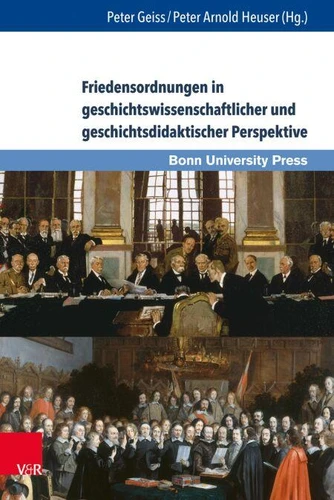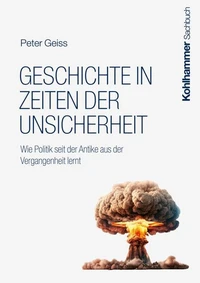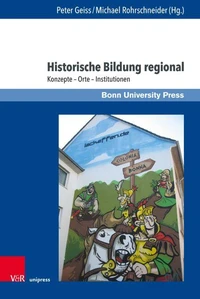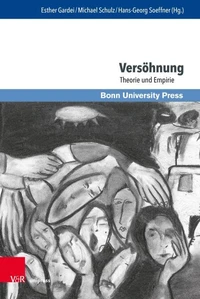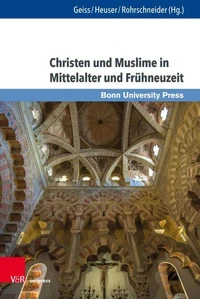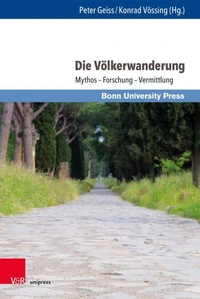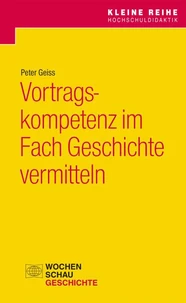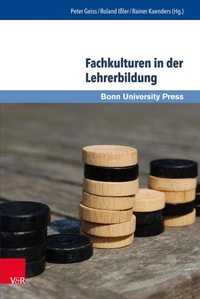Friedensordnungen in geschichtswissenschaftlicher und geschichtsdidaktischer Perspektive
Par : , , , ,Formats :
Disponible dans votre compte client Decitre ou Furet du Nord dès validation de votre commande. Le format PDF est :
- Compatible avec une lecture sur My Vivlio (smartphone, tablette, ordinateur)
- Compatible avec une lecture sur liseuses Vivlio
- Pour les liseuses autres que Vivlio, vous devez utiliser le logiciel Adobe Digital Edition. Non compatible avec la lecture sur les liseuses Kindle, Remarkable et Sony
 , qui est-ce ?
, qui est-ce ?Notre partenaire de plateforme de lecture numérique où vous retrouverez l'ensemble de vos ebooks gratuitement
Pour en savoir plus sur nos ebooks, consultez notre aide en ligne ici
- Nombre de pages288
- FormatPDF
- ISBN978-3-8470-0671-8
- EAN9783847006718
- Date de parution13/02/2017
- Protection num.pas de protection
- Taille10 Mo
- Infos supplémentairespdf
- ÉditeurV&R Unipress
Résumé
How was peace brought about at different time periods? What methods were employed in attempts to secure peace? The entries within this volume provide answers to these questions, focusing on the period from the 16th Century until after the Cold War. They highlight concerns that are of high relevance in the present day, such as those of the non-violent treatment of religious differences, to which early modern peace politics found noteworthy answers, or of the challenges regarding peace politics that arise from the people's right to self-determination.
Inspired by the North Rhine-Westphalian upper secondary school curriculum for the subject of history, this volume addresses teachers and researchers in the field of history and historical didactics, as well as a wider readership who is interested in historical peace research.
Inspired by the North Rhine-Westphalian upper secondary school curriculum for the subject of history, this volume addresses teachers and researchers in the field of history and historical didactics, as well as a wider readership who is interested in historical peace research.
How was peace brought about at different time periods? What methods were employed in attempts to secure peace? The entries within this volume provide answers to these questions, focusing on the period from the 16th Century until after the Cold War. They highlight concerns that are of high relevance in the present day, such as those of the non-violent treatment of religious differences, to which early modern peace politics found noteworthy answers, or of the challenges regarding peace politics that arise from the people's right to self-determination.
Inspired by the North Rhine-Westphalian upper secondary school curriculum for the subject of history, this volume addresses teachers and researchers in the field of history and historical didactics, as well as a wider readership who is interested in historical peace research.
Inspired by the North Rhine-Westphalian upper secondary school curriculum for the subject of history, this volume addresses teachers and researchers in the field of history and historical didactics, as well as a wider readership who is interested in historical peace research.

